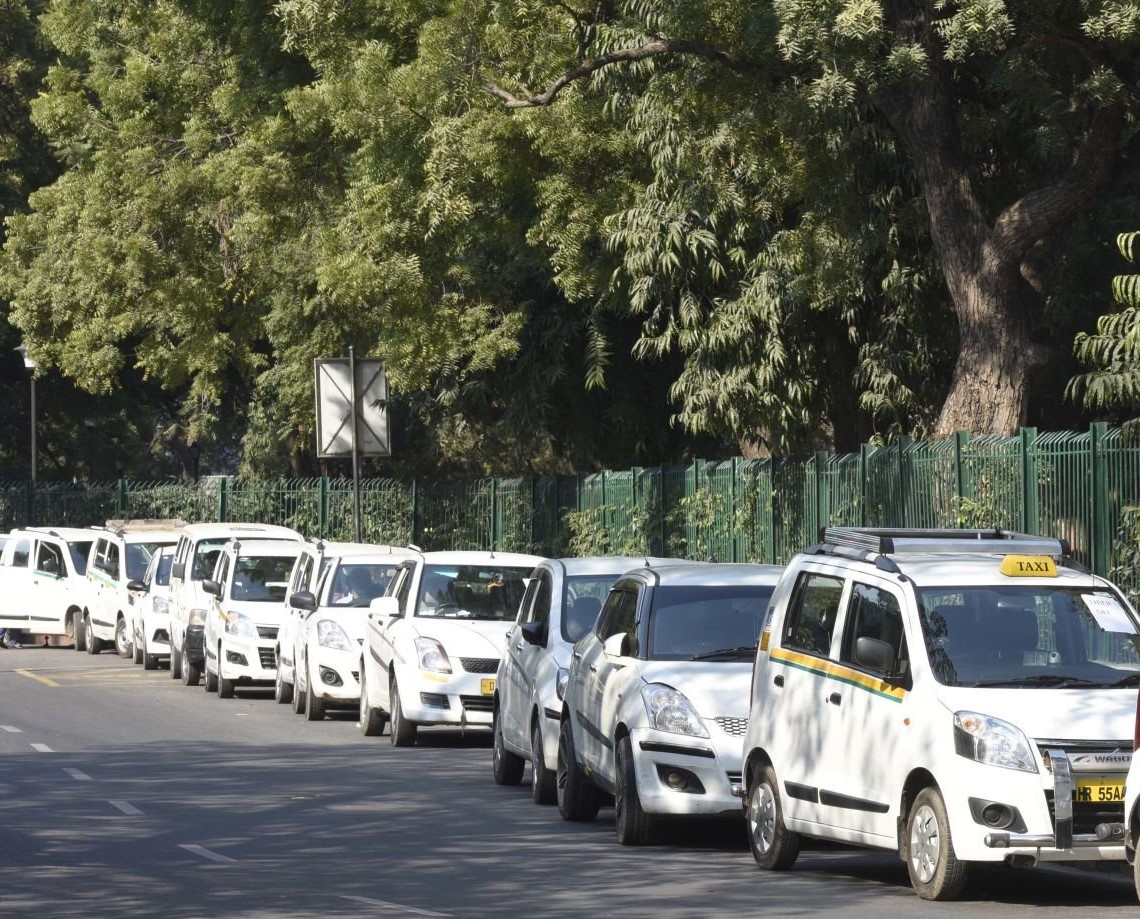In the age of instant access and on-demand services, ride-hailing platforms like Uber, ola, blusmart, and others have fundamentally transformed how we move from one place to another. They have given people an alternative to traditional taxis known famously as kaali-peeli, reshaping urban transportation easily and conveniently.
However, with the widespread use of these services, a new question emerges: Do cars lose their charm when ride-hailing companies adopt them?
For many car models, their appeal is rooted in the exclusive experiences they offer, the status they convey, and the performance they deliver. When these vehicles are incorporated into the ride-hailing ecosystem, they become instantly available to a large pool of the population, which may impact their brand perception and overall allure.
The role of perception
A car’s charm is often tied to how it makes the owner feel—whether it’s about luxury, performance, or design. In countries like India, cars are often seen as symbols of success and pride. luxury brands like Mercedes-Benz, BMW, and Audi, or even aspirational models like the Skoda Slavia or the Hyundai Creta, are often recognised for their status and performance. These vehicles hold a certain prestige, not just because of their price tag, but because they embody quality, exclusivity, and a sense of achievement.
However, when these cars are incorporated into ride-hailing fleets, they are no longer reserved for the few who own them. They become available to a much broader audience, from daily commuters to occasional riders looking for a premium experience. The more widely available these cars are, the less exclusive and special they might seem. In urban cities, where luxury cars are already common sights, their presence on ride-hailing platforms may make them feel less aspirational, especially for those who would have previously viewed them as out of reach.
popularity and overexposure
The more a specific car model is used in ride-hailing services, the more it risks becoming ordinary in a future buyer’s eye. In cities like Bengaluru, Delhi, and Mumbai, it’s common to see a variety of cars like Maruti Wagonr, Swift Dzire and hyundai i10 which used to be more visible in households earlier are now seen more as taxis (based on experience and observation in tier 1 cities). While these vehicles may have been a status symbol when they first entered the market, their increasing visibility in everyday travel may make them appear less special.
conclusion
in my honest opinion, a car’s use case has at least some impact on how the end consumer perceives it. especially in countries like India, cars are not just modes of transportation, they hold symbolic significance. In a country where the padosi’s opinion matters A LOT, A MIDDLE-CLASS CONSUMER MIGHT NOT WANT TO BUY A CAR JUST FOR IT TO BE CALLED A TAXI BY FRIENDS AND RELATIVES. WHAT DO YOU THINK?
